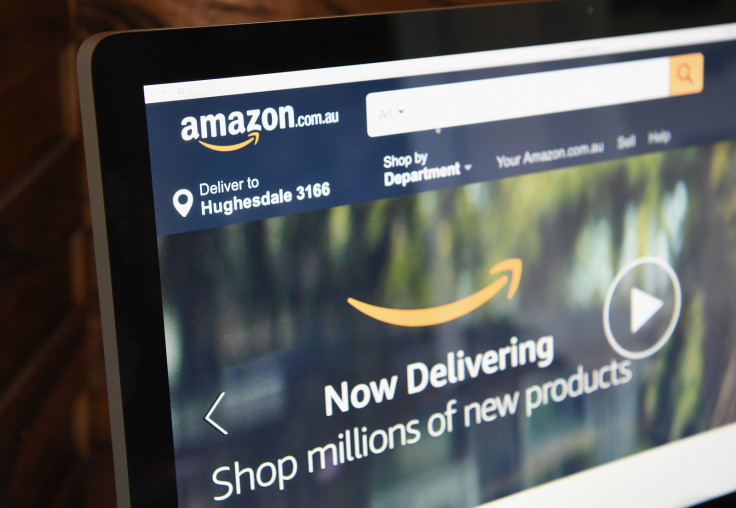Amazon.com's ad prices could soar next year
Sellers will move to optimize their Amazon ad campaigns, causing average prices to climb.
Amazon.com's (NASDAQ:AMZN) ad business has grown extremely quickly over the past few years. While the retailer's ad products have been around in one form or another since 2012, it's only recently started investing more resources in the business. Amazon is now the third largest digital advertising company in the United States.
A lot of Amazon's ad revenue growth has come as a result of opening new ad inventory to capitalize on the huge amounts of traffic on its online marketplace. But as demand has caught up with supply, Amazon's next best path to revenue growth is increased prices. Facebook, notably, saw significant increases in average ad prices when its ad inventory became more restricted a couple years ago. Amazon may be about to experience a similar result as more advertisers move to optimize their spending on the website.
Sellers aren't advertising on other marketplaces
There are various other online marketplaces that compete with Amazon, and they all offer ad products as well. But sellers aren't as keen on advertising on eBay (NASDAQ:EBAY) or other competitors as they are on Amazon.
In a Feedvisor survey, 58% of Amazon sellers said they don't advertise on a marketplace outside Amazon. For those that do, eBay's the most popular secondary platform, but it still only attracts ad dollars from about 17% of Amazon advertisers.
There might be a reason for that. Online shoppers in the U.S. are more likely to buy a product on Amazon than practically everywhere else on the Web combined. Amazon took nearly half of all online sales last year, according to an estimate from eMarketer. Feedvisor's data shows 89% of consumers are more likely to buy on Amazon than on any other e-commerce site.
Advertisements don't perform very well if they can't get in front of shoppers. eBay's marketplace is headed in the wrong direction, with gross merchandise volume declining 1% in the first quarter. The decline was even greater in the U.S., at 6%. Amazon, by comparison, saw its online sales grow 10% in the first quarter, and sales from its third-party merchants grew even faster.

The majority of Amazon sellers aren't optimizing ad campaigns
According to Feedvisor, 56% of Amazon sellers aren't using any tools to optimize their ad campaigns. Optimization tools allow marketers to target specific audiences at specific times with specific messaging in an effort to achieve maximum return on investment.
Feedvisor expects more and more sellers to adopt optimization tools over time as more sellers use Amazon advertising and continue to eschew other marketplace advertising options. There's even an opportunity for Amazon to develop its own ad optimization tools like Facebook or Google.
As advertisers see improved return on investment from their optimization efforts, they'll be willing to spend more per impression or click.
Amazon is still working on both expanding its ad inventory with things like ad-supported video and creating new ad products to improve the value of their ads. Those efforts, combined with the natural move by marketers to optimize their campaigns, should result in higher average ad prices on Amazon and drive growth for the business.
John Mackey, CEO of Whole Foods Market, an Amazon subsidiary, is a member of The Motley Fool's board of directors. Randi Zuckerberg, a former director of market development and spokeswoman for Facebook and sister to its CEO, Mark Zuckerberg, is a member of The Motley Fool's board of directors. Adam Levy owns shares of Amazon and Facebook. The Motley Fool owns shares of and recommends Amazon and Facebook. The Motley Fool recommends eBay. The Motley Fool has a disclosure policy.
This article originally appeared in The Motley Fool.





















